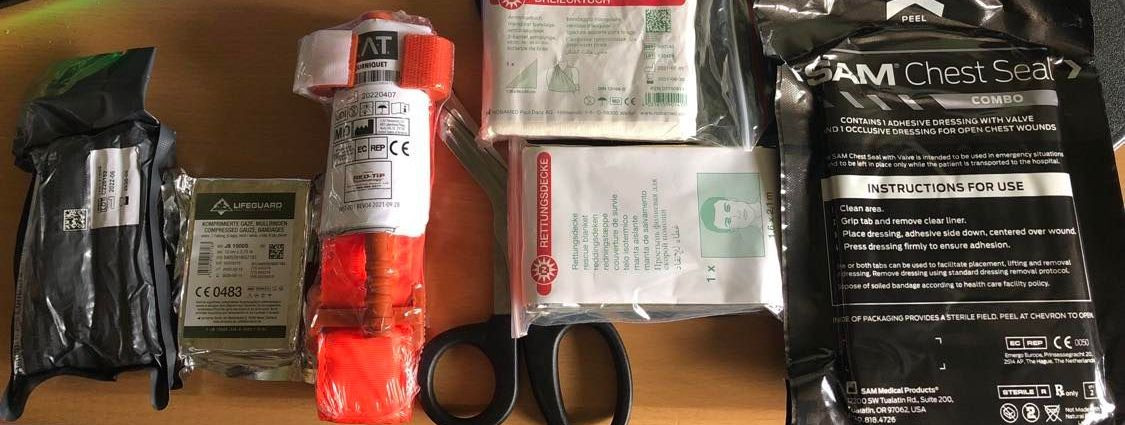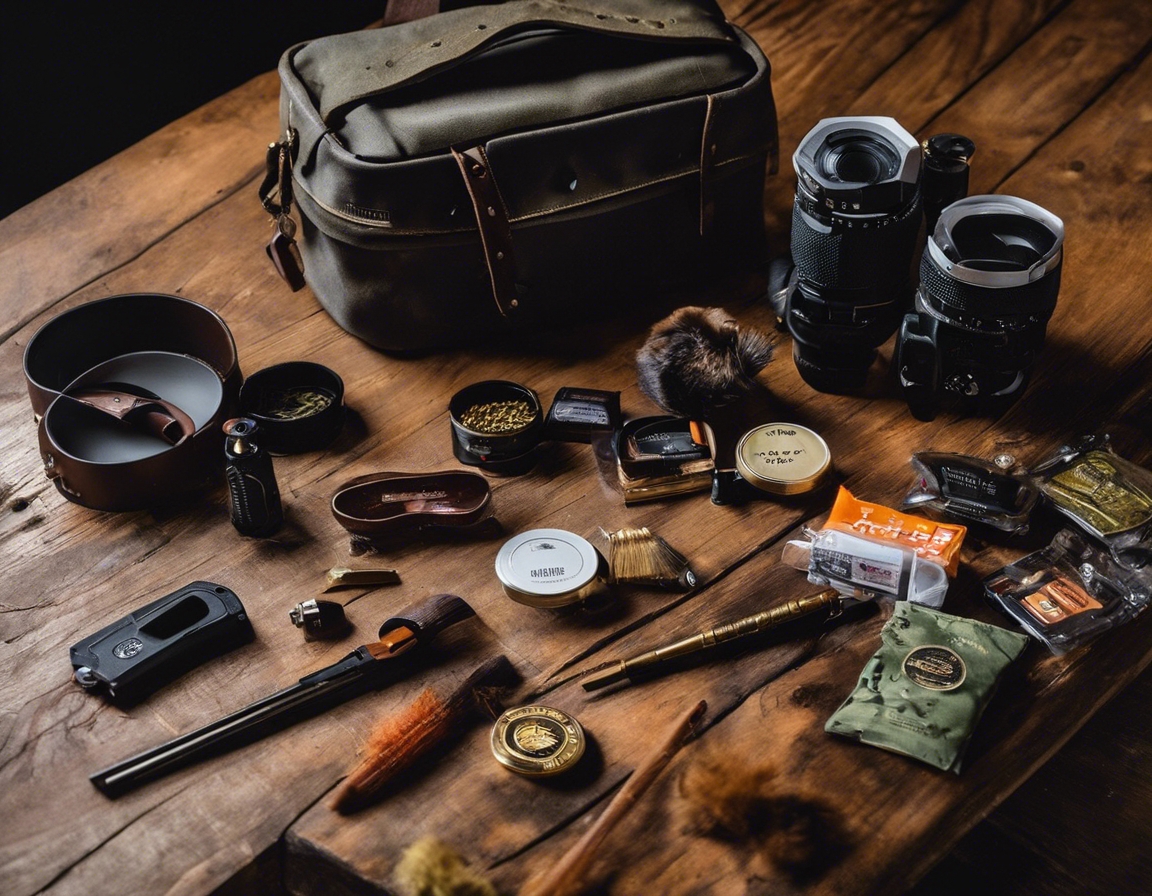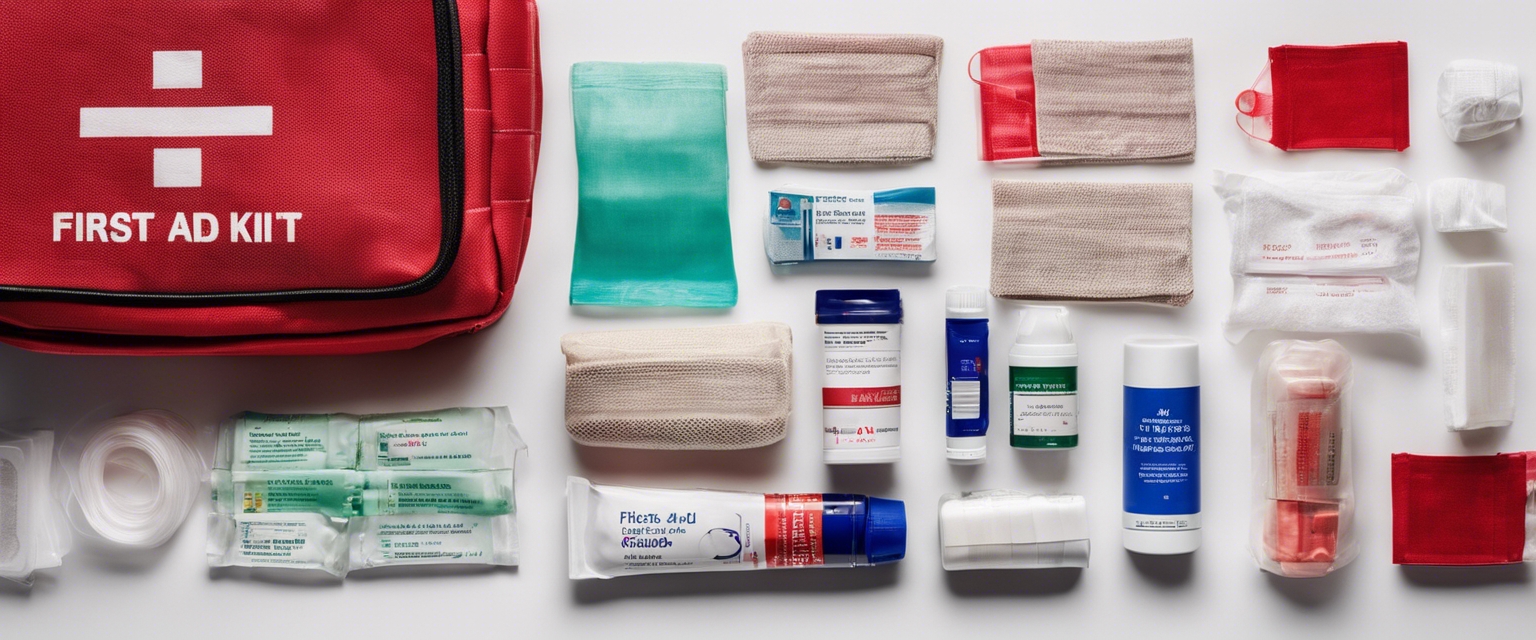First aid in the field: what every shooter should carry
For shooting sports enthusiasts, law enforcement personnel, military members, and security professionals, first aid training is not just a skill—it's a critical component of responsible gun ownership and usage. Knowing how to respond to emergencies can mean the difference between life and death, especially when medical help may be minutes to hours away.
Shooting activities, whether for sport, training, or in the line of duty, inherently come with risks. From accidental discharges to ricochets, it's essential to understand these risks and be prepared to address them promptly and effectively.
Essential First Aid Kit Components for Shooters
Every shooter's first aid kit should include items such as adhesive bandages, gauze pads, medical tape, antiseptic wipes, and a CPR mask. These basics cover a range of minor injuries and are the foundation of any good first aid kit.
For more severe injuries, shooters should consider adding a tourniquet, hemostatic agents, chest seals, and a pressure dressing. These items can be crucial for controlling bleeding and managing gunshot wounds until professional medical help arrives.
Shooters should be aware of the specific challenges posed by gunshot wounds, such as the potential for significant blood loss and the need for rapid intervention. Including items tailored to these injuries can save precious time in an emergency.
Carrying Your First Aid Kit
The choice of bag or container for your first aid kit should be influenced by the environment in which you'll be shooting and the ease of access to the contents. A durable, weather-resistant bag that can be quickly opened is ideal.
Organizing your first aid kit in a way that allows for quick access to the most critical items is essential. Regularly check and replenish your kit to ensure all items are in working order and have not expired.
First Aid Skills Every Shooter Should Master
Understanding the basics of gunshot wound management, including how to apply a tourniquet and pack a wound, is vital for shooters. These skills can stabilize an injured person until they can receive medical attention.
Beyond gunshot wounds, shooters should be prepared to handle common injuries such as sprains, fractures, and lacerations. Knowledge of basic splinting techniques and wound care is beneficial.
There are numerous resources available for first aid training, including online courses, community classes, and training specifically designed for shooters. Investing time in proper training can significantly impact the outcome of a shooting-related injury.
Legal and Ethical Considerations
Good Samaritan laws protect individuals who offer help in an emergency. Shooters should familiarize themselves with these laws in their jurisdiction to understand their rights and responsibilities when providing first aid.
It's important to provide first aid within the limits of your knowledge and training. Overstepping these boundaries can lead to complications and legal issues. Always seek to expand your first aid skills within a structured and certified framework.





Kommentaarid (0)